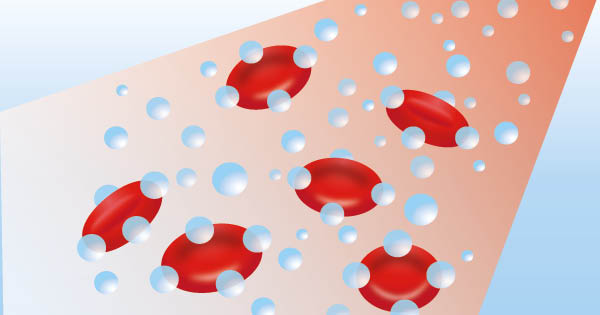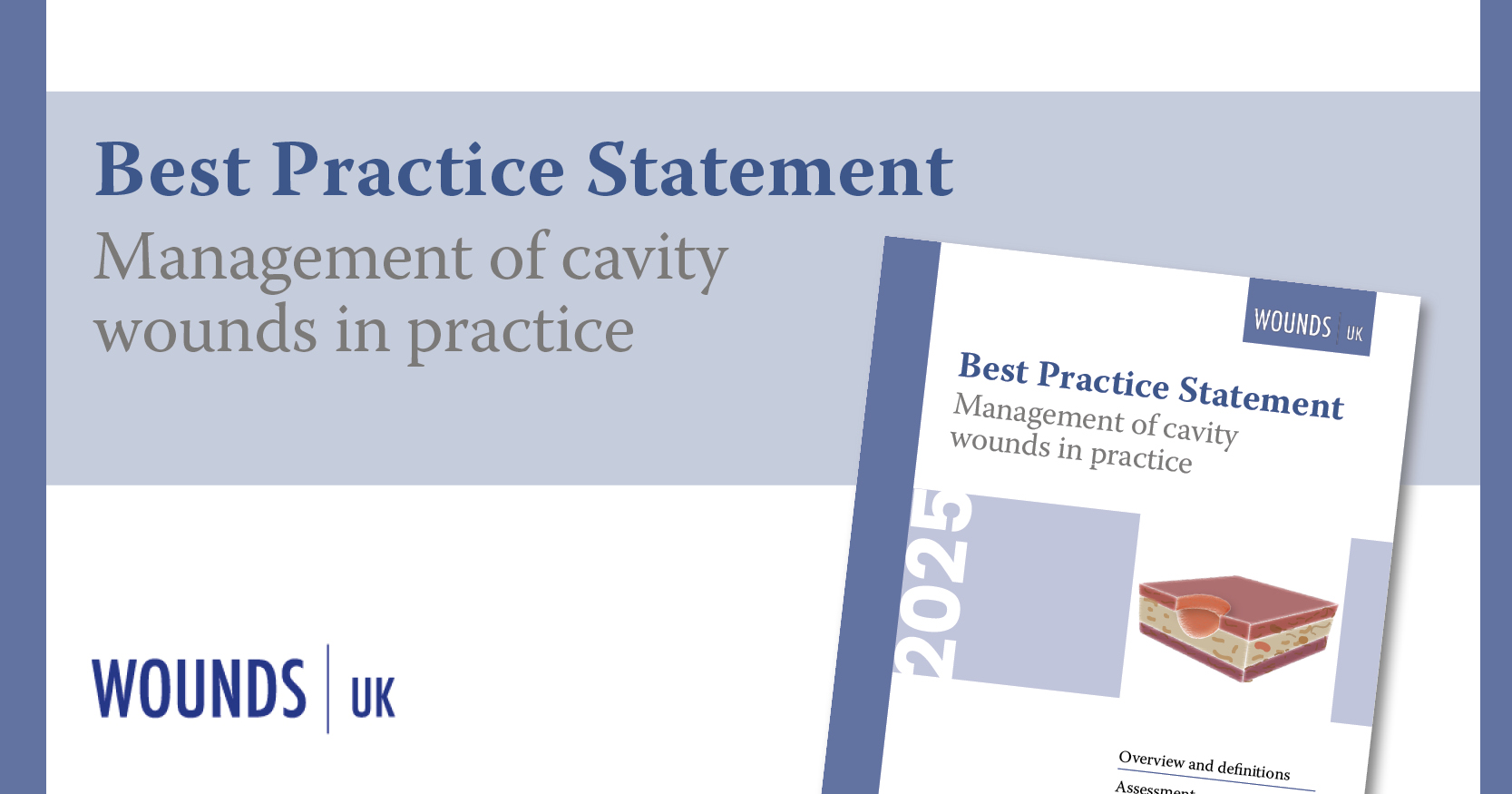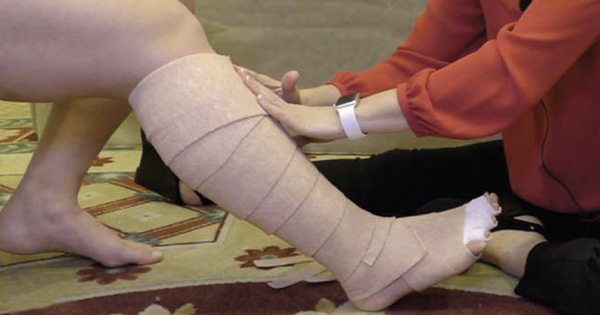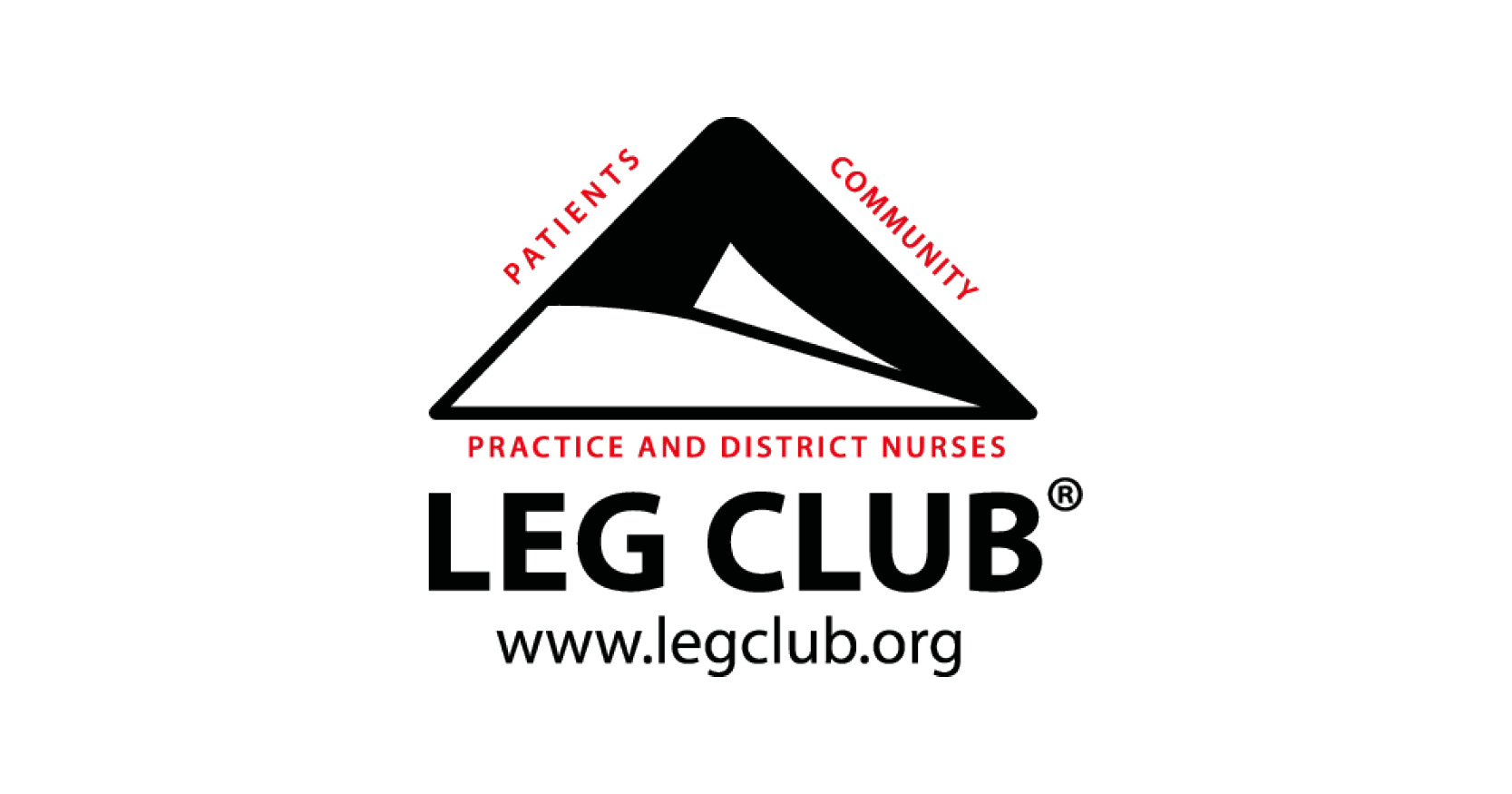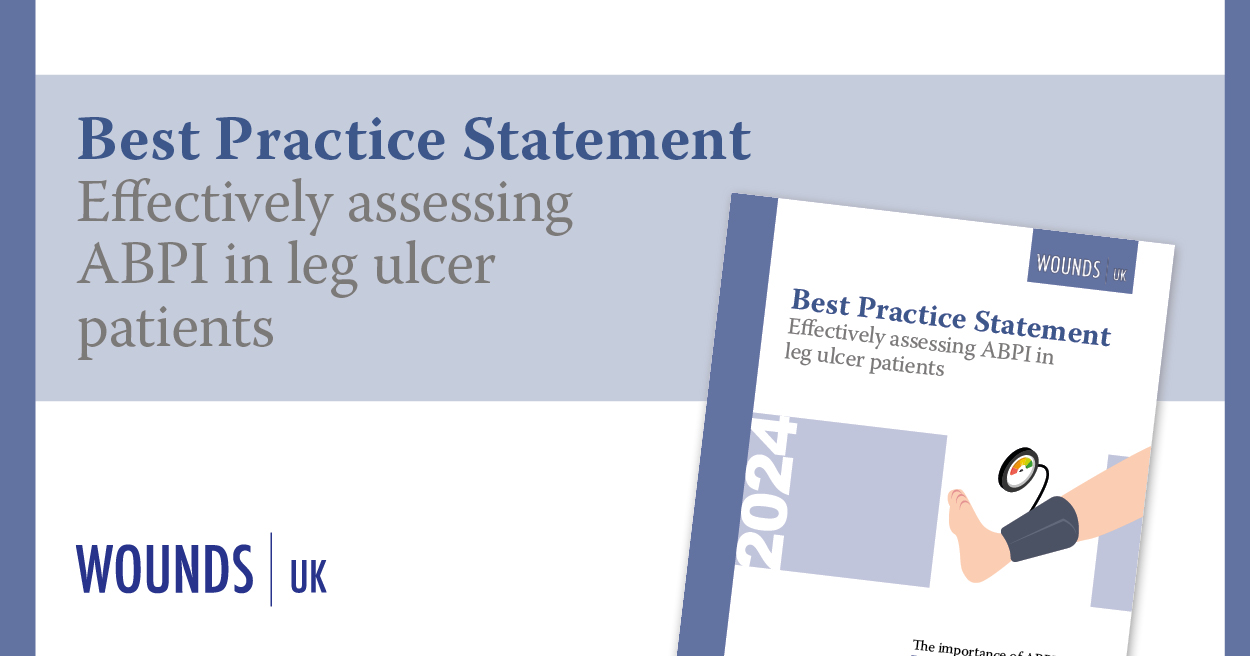Oxygen is vital to wound healing. Granulox is a topical sterile haemoglobin spray designed to transport oxygen to slow- or non-healing wounds that have not responded to standard care. This supplement highlights the clinical and cost impact of using Granulox, through case studies, an example of best practice and an examination of the cost data.
Granulox® (infirst Healthcare Ltd, UK) is a topical sterile haemoglobin spray, which is designed to transport oxygen to slow-healing and non-healing wounds that have not responded to standard care, such as venous leg ulcers, arterial leg ulcers, mixed leg ulcers, diabetic foot ulcers, secondary healing of surgical wounds and pressure sores. Its mode of
action is different from other oxygen therapies as it allows oxygen to diffuse through the normally impermeable exudate of the wound, and thus improves the oxygen supply to the wound bed. Granulox is an adjunct treatment to be used in combination with standard wound care. Granulox can also be used on sloughy and infected wounds.
It has been accepted wisdom for some time that oxygen is vital to wound healing. Hyperbaric oxygen therapy was first used in the field of wound care in the 1960s following the discovery that patients with burns who received treatment for carbon monoxide poisoning healed more quickly (Wada et al, 1965). More recently the role of topical oxygen therapy, without the need for full-body hyperbaric chambers, has come to the fore (Tawfick and Sultan, 2009).
Oxygen is required for normal cellular processes, and 97% of chronic, non-healing wounds have been shown to have low oxygen levels. Mild hypoxia (low oxygen) is a normal biological response following an injury. Along with a cascade of initial responses, injury causes oxygenated plasma to diffuse from the surrounding intact tissue to the hypoxic wound area, in order to aid healing (Bishop, 2008). Granulox assists in this process by improving the oxygen supply to the wound bed.
This supplement highlights the clinical and cost impact of using Granulox, through case studies, an example of best practice and an examination of the cost data. The real-life examples from clinics in the UK illustrate the role Granulox can play in reducing wound-related pain and slough, improving healing and reducing costs (Hunt, 2015).

